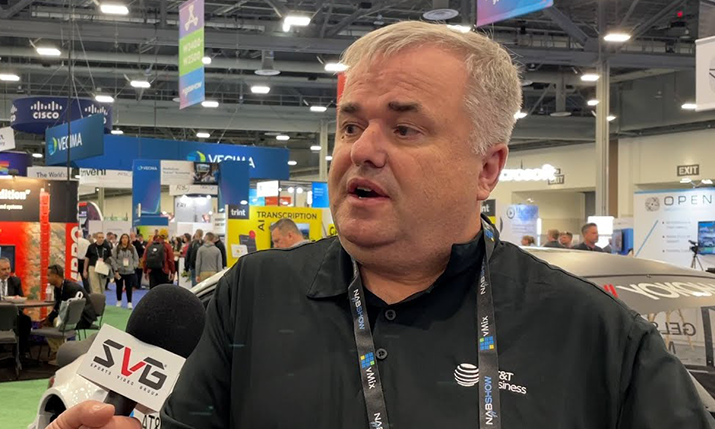- Tue. Apr 23rd, 2024
Latest Post
Officially recognized as the world’s most disaster-prone region, Asia
According to a recently released report by the World Meteorological Organization (WMO), Asia experiences more climate, weather, and water-related disasters than any other region on Earth. The report, titled the…
Aron Bowman Discusses Innovations in Microgrid Technology and Sustainable Energy Solutions in QuickChat
In a recent interview, Rod Walton, managing editor of Microgrid Knowledge, sat down with Aron Bowman, president of ELM MicroGrid and ELM Solar, to discuss the latest developments in microgrid…
Giant bounce house set to make a comeback to Macomb County this May – Macomb Daily
The Big Bounce House of America is returning to Fraser in May, and it is being promoted as the world’s largest bounce house. The event will take place at Steffens…
SDS Technology Acquired by Pike Avenue Partners
Pike Avenue Partners has announced its acquisition of SDS Technology, marking an exciting new chapter for both companies. Owned by the Bernie Blanchette, Paul Koerner, and Phil Koerner families, Pike…
Scott Beckett from AT&T Business Reveals Powerful Transmission Capabilities Using Robot Dogs and Mini Copters
AT&T Business offers reliable transmission services for sports-video-production clients broadcasting from remote areas. Whether capturing racing events in the desert, documenting events in marshy areas, or shooting cinematic shots from…
Topcon and Bentley Systems collaborate to integrate GNSS technology
Topcon Positioning Systems has formed a strategic partnership with Bentley Systems and Worldsensing to enhance geospatial data accuracy and operational efficiency through the integration of Topcon’s GNSS technology into their…
Providing Emotional Support to Health Workers on the Frontlines in Ukraine | Doctors Without Borders
In mobile clinics, MSF psychologists are dedicated to educating patients on the importance of mental health and how it affects their overall well-being. They offer guidance on improving sleep quality,…
Businesses in the Triangle area prioritizing health equity in the workplace
The first annual Health Equity in the Workforce Leadership Summit was recently hosted by the American Heart Association, with participation from representatives of several local businesses. The primary objective of…
Adaptive Sports Highlighted in Lead-Up to Paralympics Event
Lowery said that some students were initially hesitant, but everyone left the event with a smile. He noted that participating in adaptive and Paralympic sports events helps to dispel misconceptions…
Graduate Health Sciences Magazine Highlights Students and Researchers’ Impactful Work
The Spring 2024 issue of the College of Graduate Health Sciences Magazine showcases how the college is dedicated to supporting innovation among its students, postdocs, and faculty. This support allows…
/cdn.vox-cdn.com/uploads/chorus_asset/file/25413706/1255055519.jpg)



